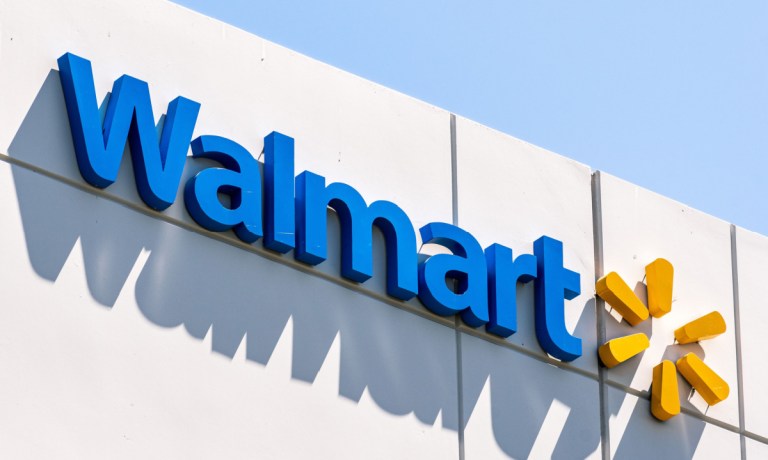
Walmart is reportedly teaming with sneaker seller StockX to bolster its online marketplace.
The arrangement will offer shoppers access to pre-verified, coveted athletic shoes such as Nike’s Air Jordan sneakers and brands like New Balance and Asics, Bloomberg reported Wednesday (Sept. 4).
Items will become available on Walmart’s website next week, with StockX verifying and fulfilling orders, the report said.
Michael Mosser, vice president and category lead at Walmart Marketplace, said the partnership could expand to thousands of products, per the report.
Shoppers “are looking for this full spectrum of products from Walmart,” from staples to collectible items, Mosser said in the report, adding that the retailer is seeing a strong consumer appetite for in-demand sneakers.
This marks StockX’s first third-party platform deal, CEO Scott Cutler said in the report, adding that the partnership will help the company reach consumers who may not be familiar with the brand.
The collaboration comes as Walmart aims to boost its online business as it competes with Amazon.
Last week, the company announced updates to its offerings for third-party sellers at the 2024 Walmart Marketplace Seller Summit, including new product categories such as Premium Beauty and pre-owned merchandise, along with features designed to streamline cross-market selling.
In addition, Walmart discussed plans for multichannel fulfillment, letting sellers use the company’s logistics network to fulfill orders from other eCommerce sites, as well as a cross-border import service to simplify global shipping.
Meanwhile, Walmart’s overall digital presence is expanding. The latest edition of the PYMNTS Intelligence “Whole Paycheck” report calculated Walmart and Amazon’s market shares in various categories, finding that Walmart’s digital mix nearly doubled from the start of 2020 to the second quarter of this year, increasing from 9% to 16%. The company’s eCommerce sales surged from $9.3 billion in the first quarter of 2020 to $21.8 billion in the second quarter of this year.
“Now, it seems, the company is turning to its marketplace to take that growth to the next level,” PYMNTS wrote. “Amazon’s lead in consumer retail spending serves as something of a testament to the effectiveness of the third-party model. In Q2, Amazon captured 8.3% of consumers’ retail spending compared to Walmart’s 7.5%.”